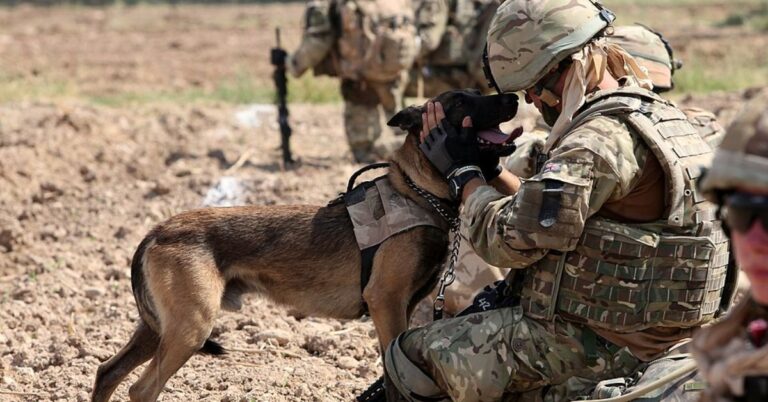15 Ways to Help Your Dog Recover Following Childbirth
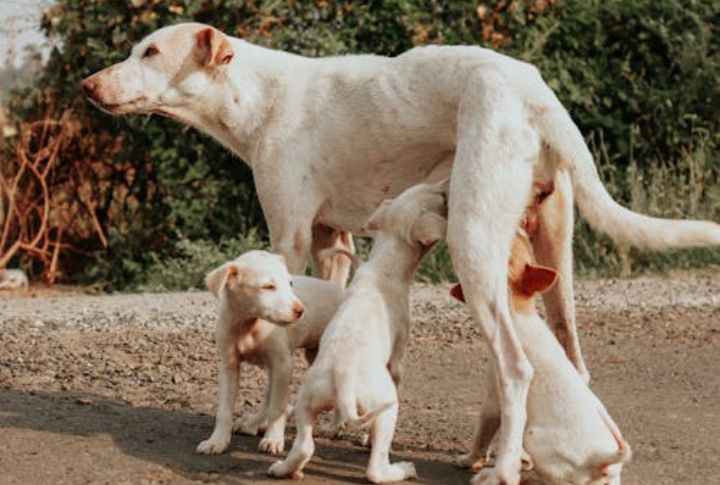
Many new pet owners aren’t sure how to care for a mother dog after she gives birth. The postpartum period can be challenging, as the dog is often at risk of infections, making her vulnerable to illnesses. Hence, it’s essential to know the basics of postpartum care. Here are 15 ways to help your new mother dog recover after childbirth!
Provide A Comfortable Space
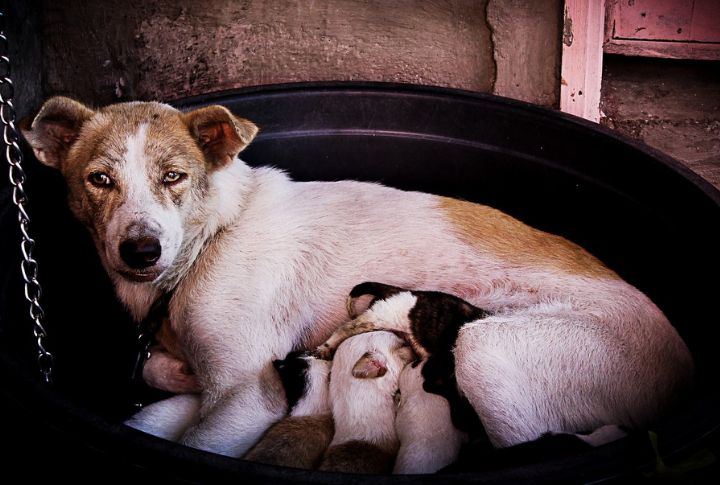
After giving birth, your dog needs a calm environment to bond with her puppies. Set up an area in your home away from loud sounds and distractions. Also, ensure she has a resting spot closer to her pups and can take breaks while tending to them.
Offer Nutritious Meals
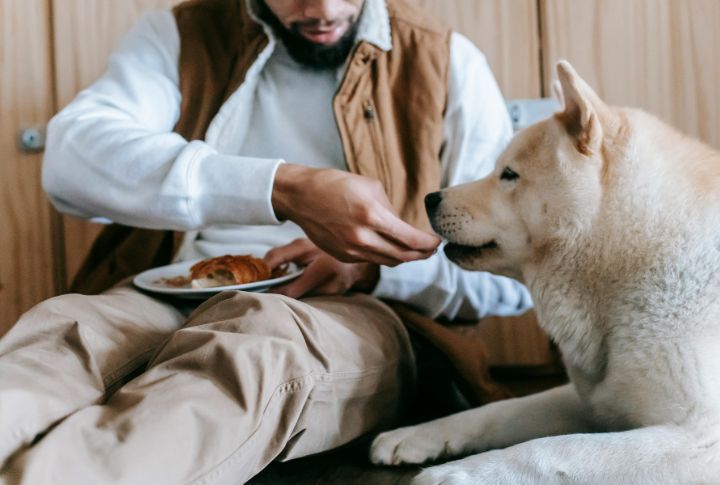
Proper nutrition is vital for your dog’s recovery and milk production. It is recommended to give your lactating dog a high-quality, protein-rich diet. The new mother dog should also attain the necessary nutrients to recover and provide for her puppies.
Avoid Calcium Supplements
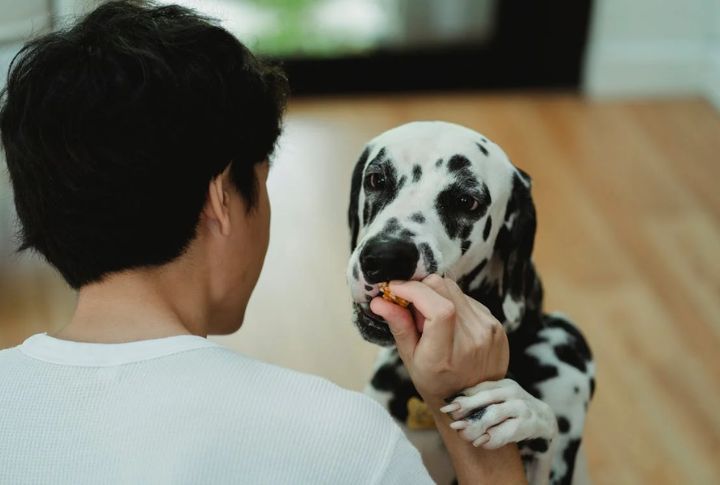
Nursing does take a toll on the dog, but resist the urge to give extra supplements, especially calcium. Instead, feed her a high-quality, prepared diet. It is important to note that supplementing with calcium can trigger eclampsia, a dangerous condition caused by low calcium levels.
Monitor Her Health Closely
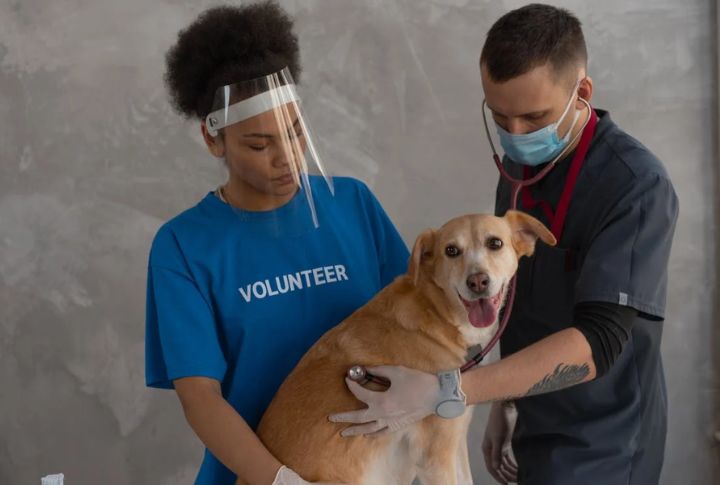
Regularly check your dog for signs of postpartum complications, like excessive bleeding, fever, or lethargy. These could indicate serious issues such as infections or retained placentas. Additionally, monitor your dog’s appetite, energy levels, and behavior. If anything seems off, contact your vet immediately.
Keep the Whelping Area Clean
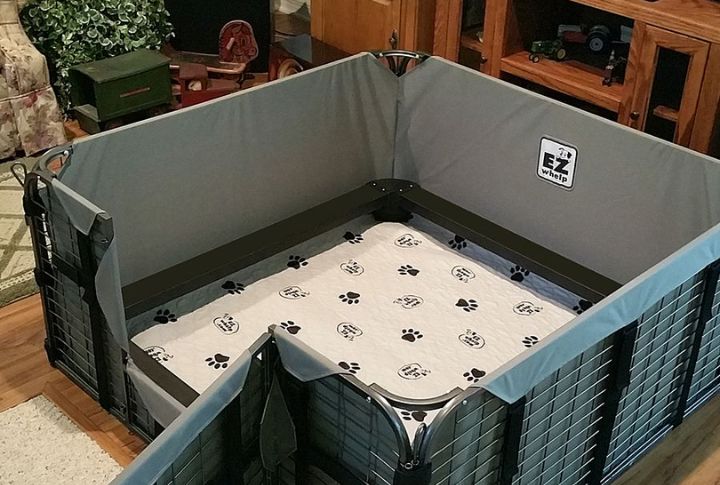
Maintaining cleanliness in the whelping area is essential for preventing infections. Clean any soiled bedding promptly and replace it with fresh, soft materials. Use mild, pet-safe disinfectants to wipe down surfaces, but avoid harsh chemicals. A clean environment promotes healing and reduces the risk of postpartum complications.
Setting New Routines
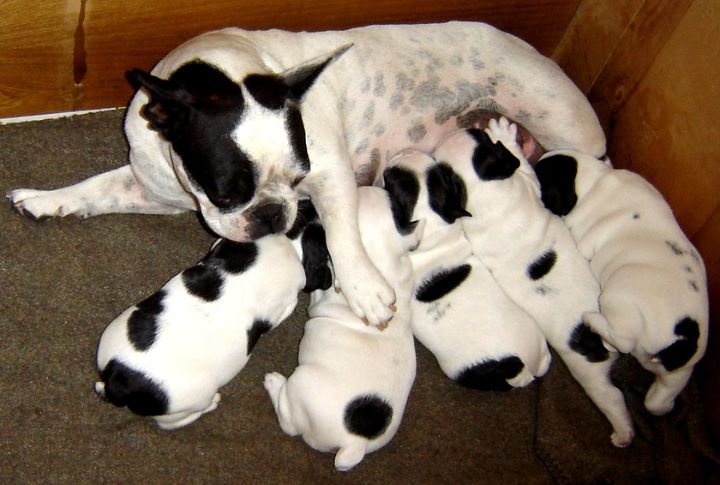
During the first few weeks, your dog will be focused on caring for her puppies, rarely leaving them. She must stay close to keep them warm, fed, and clean. Allow her to set her schedule, choosing to take brief bathroom breaks. These could last for around 5-10 minutes.
Ensure Lactation
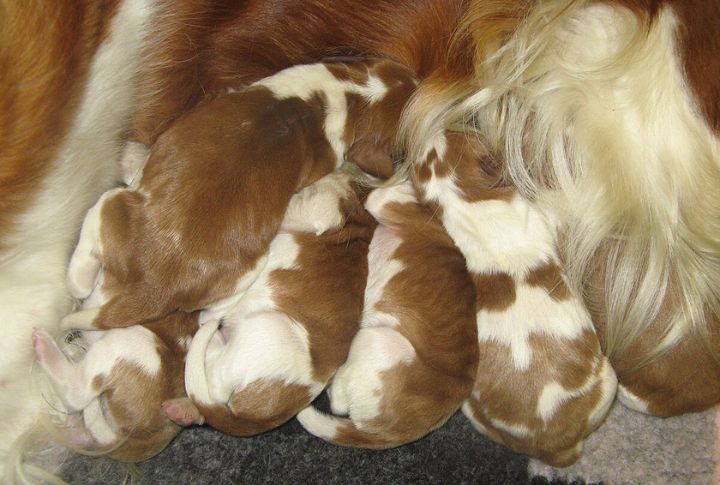
Agalactia is when a dog fails to produce milk. If puppies are nursing but not getting any milk, consult a professional. The first milk, or colostrum, is essential as it gives puppies the necessary nutrients and antibodies to boost their immunity.
Track Her Weight
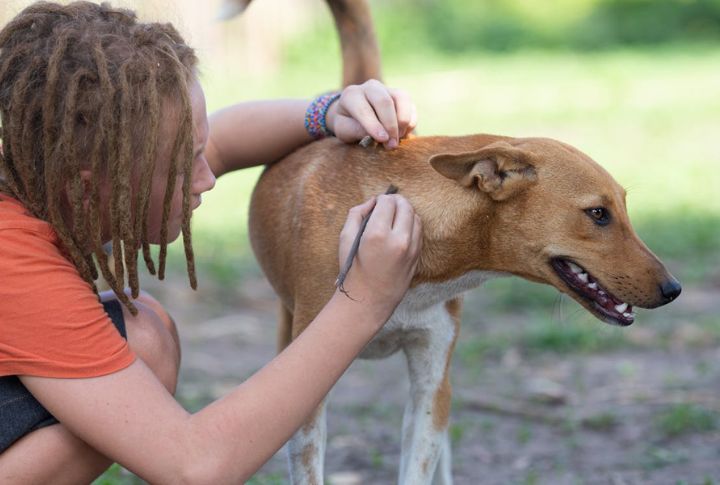
New mother dogs should be given a nutritious meal, especially during lactation. So, keep an eye on their weight. They will lose weight quickly after giving birth, making it necessary to replenish their calories with nutrient-rich options. If your dog doesn’t eat properly, she may miss out on essential nutrients.
Check For Fever
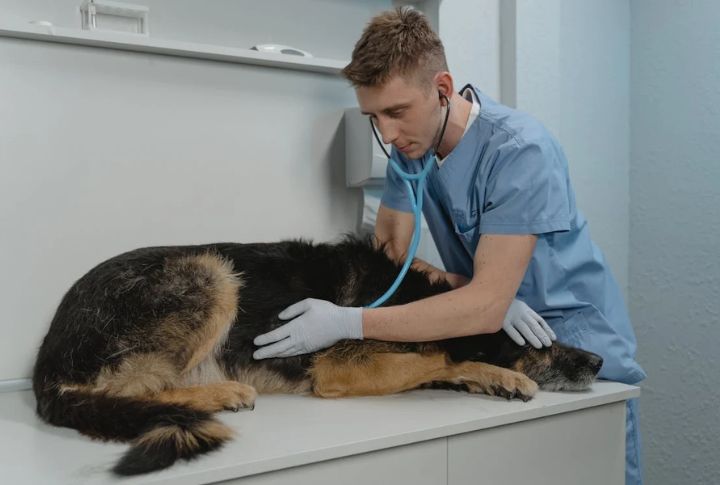
It’s normal for your dog to have a slightly increased temperature, up to 101.5°F, in the first 24 to 48 hours after birth. However, if the temperature exceeds 103°F, seeking consultation is essential. Additional signs like shivering, lethargy, or lack of appetite may also indicate a fever.
Trim Dog Hair
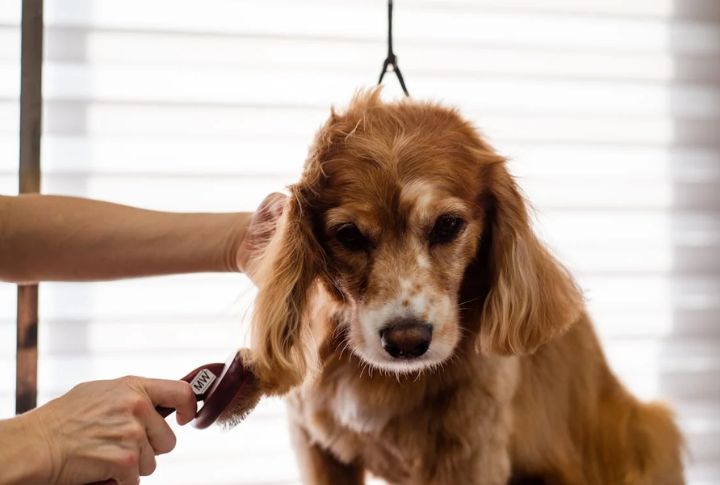
Regular grooming is required to keep your dog healthy and the mammary gland region clean. Focus on maintaining a “sanitary cut,” which involves trimming the fur around the tail and hind legs. The technique helps prevent dirt and bacteria from accumulating, which is vital during postpartum recovery.
Mammary Gland Infections
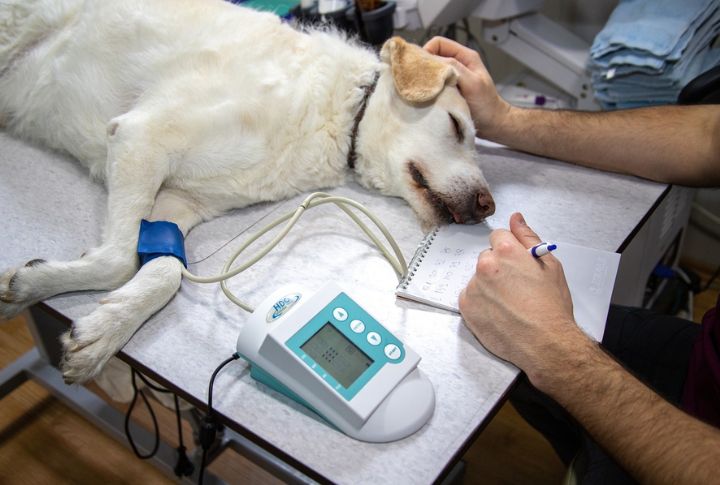
Mammary gland infections, or mastitis, can become severe. If you notice the area is red, swollen, hot, or painful, there’s a serious issue. Mastitis can be life-threatening for a nursing mother dog. If you suspect it, take your dog to the vet immediately.
Monitor Discharge
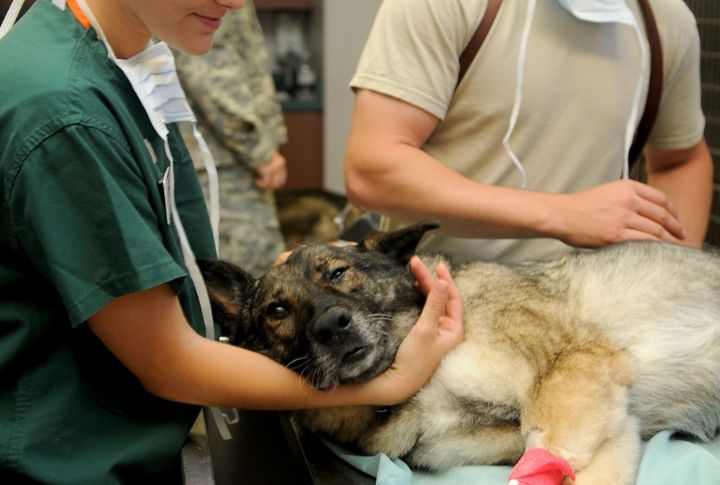
It’s normal to see uterine discharge from the mother dog for several weeks after giving birth. It is often brownish-red and stringy, with a mild odor. However, if the discharge turns yellow, green, gray or smells foul, it’s time to seek a veterinarian.
Time For Walks

A few weeks post birth, she may feel more comfortable leaving her puppies for short periods. So, this is an excellent time to take her on longer walks to ensure she gets enough exercise and fresh air. Regular exercise helps her regain strength while giving her time to take a break from nursing.
Excessive Panting
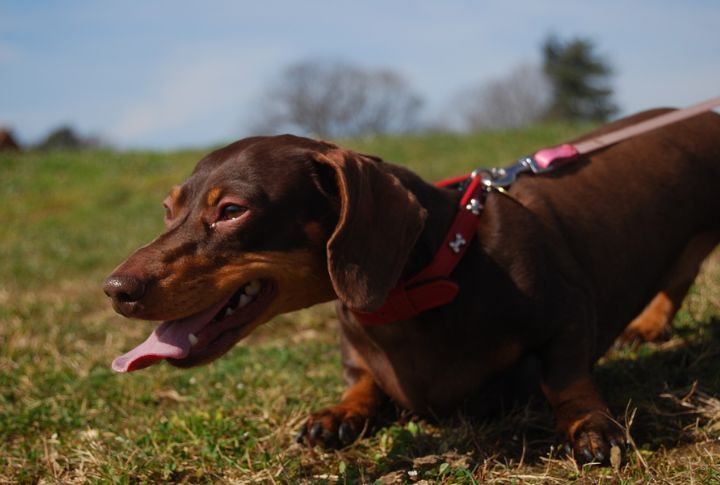
Panting right after giving birth might be normal for dogs, but if it continues for several days, it could be problematic, indicating an incomplete birth, milk fever or heart problems. If you notice your dog panting excessively after delivering her puppies, ensure you contact the vet immediately.
Provide Emotional Support
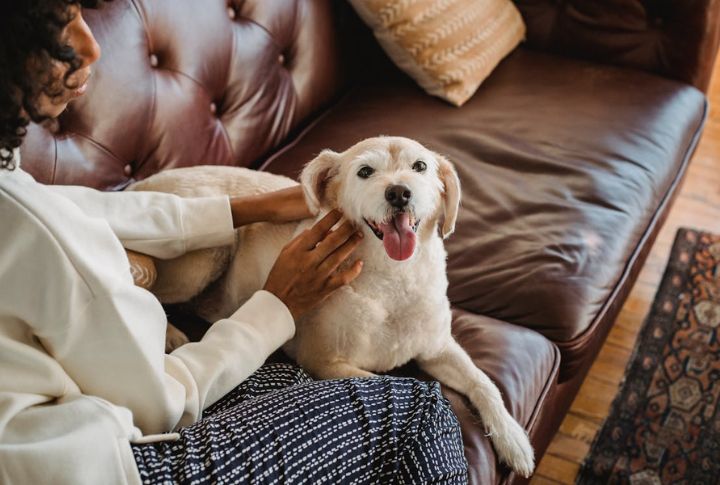
Your dog may feel anxious during her postpartum phase. Spend quality time with her, offering gentle petting and soothing words. Your presence and reassurance will help her feel more at ease. However, be mindful of her need for space.





